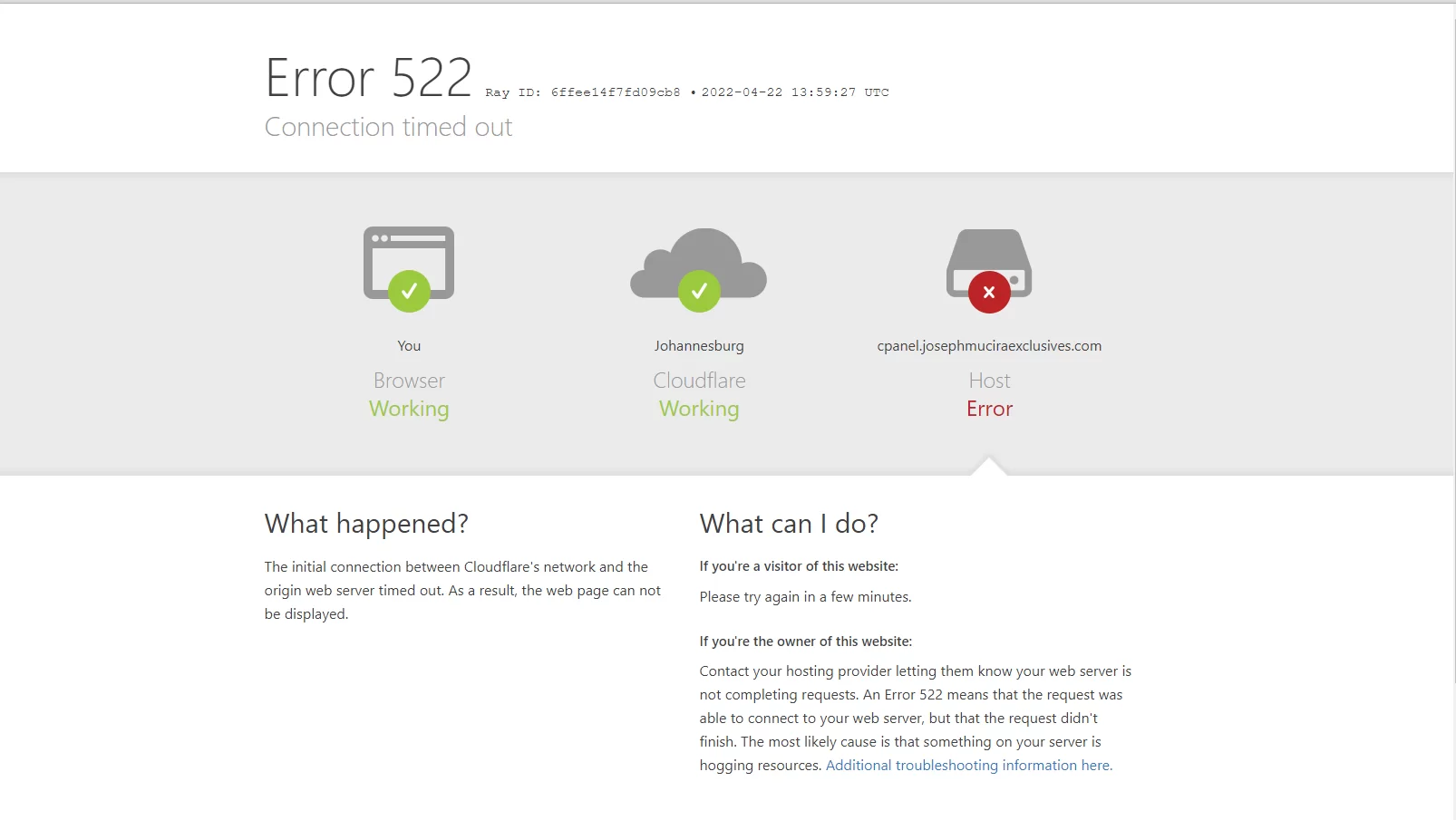And instead, the seller purchases inventory as needed from a third party—usually a wholesaler or manufacturer—to fulfill orders. So to say, dropshipping is a great business model for aspiring entrepreneurs to start with because it’s accessible.
With dropshipping, you can quickly test different business investment ideas with a limited downside. Eventually, which lets you learn a lot about how to choose and market in-demand products.
Basically, one of the most popular forms of dropshipping is print-on-demand. But, before you get started with print on demand, you can first read and learn more about What is Dropshipping?
What is Amazon Print on Demand?
Whether you’re an artist, writer, designer, or entrepreneur, physical products can be the perfect canvas for monetizing your creativity.
From t-shirts to posters, backpacks to books, you can put your own original spin on everyday products and sell them online. However, if you go the traditional route of buying and holding your own inventory, you may be left with a pile of products that aren’t selling.

Amazon Print-on-demand services offer an alternative way to bypass the time, investment, and risk associated with managing inventory, letting you go from creating to selling custom products at a fraction of the cost.
Equally important, Print-on-demand allows you to advertise customized products such as t-shirts, mugs, posters, and even books without purchasing inventory. Then. when the sale is made, the supplier creates the product for you, then ships it. You can learn more about What is “print on demand” and how does it work?
How do Amazon Dropshipping Methods compare?
Important to realize, dropshipping is just one of many methods of starting a business on Amazon.
Not forgetting, other most popular and arguably more lucrative methods of selling products on Amazon include wholesaling and private labels.
Wholesaling is when you purchase goods at a bulk rate from a supplier to resell to another retailer or distribute it as a retailer yourself. While on the other hand, private label is a method of manufacturing your own products to sell on Amazon.
However, there are numerous advantages of dropshipping on Amazon the wholesaling and private labels.
Low start-up costs and fast setup
As opposed to other popular e-commerce methods like a private label and wholesaling, dropshipping does not require you to own your own inventory.
Instead, when you get paid by the consumer on the sale, you simply turn around and use a portion of the proceeds to purchase the product from the supplier and have them ship it to your buyer.
Because you don’t have to own your own inventory when dropshipping on Amazon, it’s quick and easy to set up. After all, you don’t have to wait for your inventory to be manufactured and/or shipped to the fulfillment location.
It’s ready to go. All you need is a sale!
Fully automated allowing dropship
There are a lot of apps and plugins online that allow you to fully automate dropshipping on Amazon. For this reason, you can be (almost) completely hands-off with your dropshipping business.
According to Amazon’s Dropshipping Policy, dropshipping “is generally acceptable.” Just make sure that you follow Amazon’s specific guidelines for dropshipping.
Note: In order to dropship on Amazon, you must purchase from the supplier or manufacturer. Purchasing from another retailer is strictly prohibited.
Easy to research
Dropshipping on Amazon involves selling pre-existing products from manufacturers.
For this reason, you can use tools like Jungle Scout to see how well other sellers of that particular product are performing on Amazon.
This gives you an edge when you start your dropshipping ecommerce business.
How do I Start Dropshipping?
Now that you understand a little more about dropshipping on Amazon and how it works, here’s how you can get set up as an Amazon Dropshipper.
Step One: Set up an Amazon seller account
In order to sell on Amazon, you will need an Amazon seller account.
You can get one by going to sellercentral.amazon.com. There, Amazon will offer you two choices for the type of account that you can start with: individual and professional.
Step Two: Find a high-demand/low-competition product
Next, you will need to find a product to sell on Amazon.
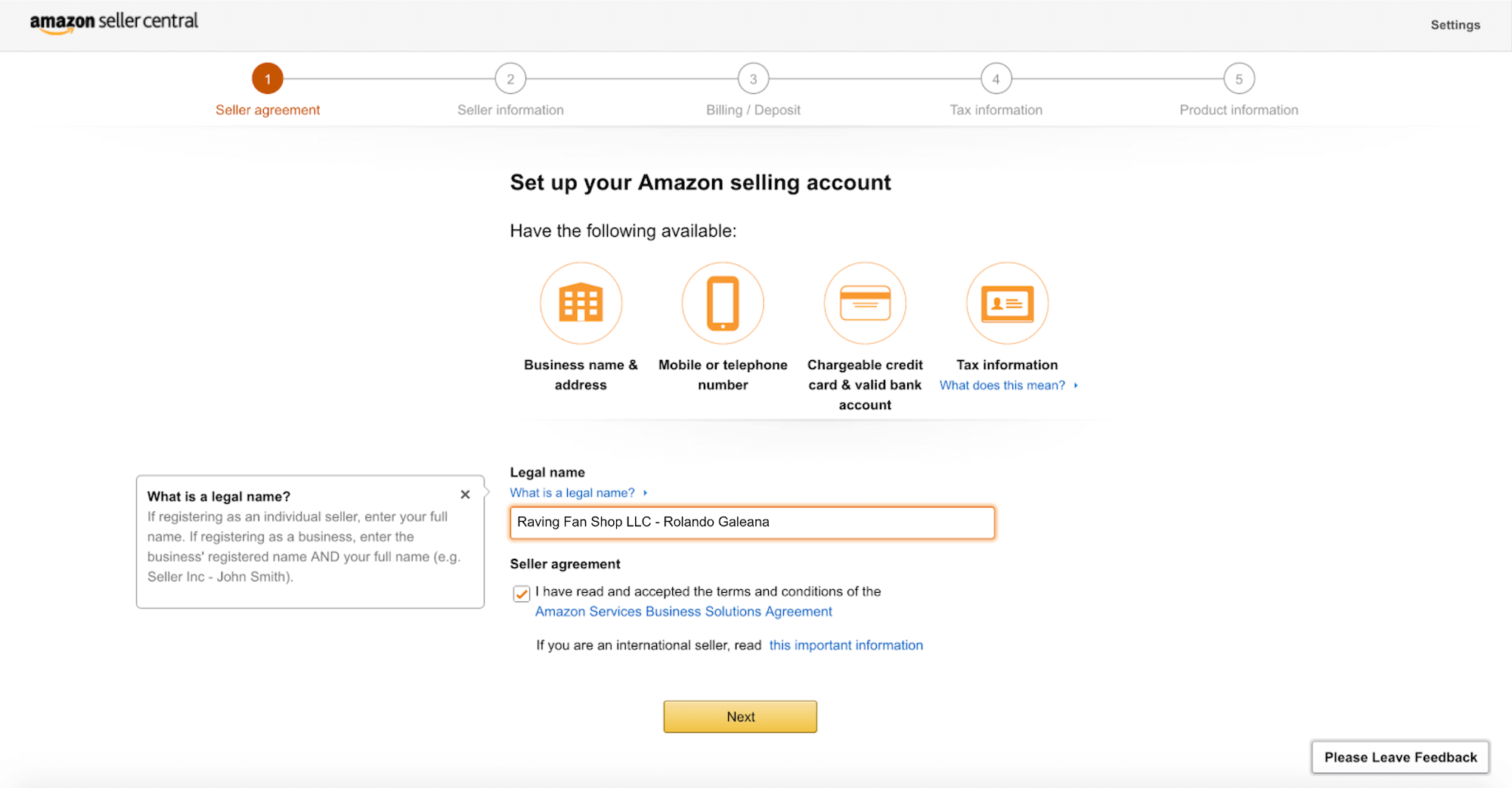
You can do this by using a tool like the Jungle Scout Opportunity Finder to find high-demand/low-competition product opportunities.
And while you may have your own metrics to use for finding such products, I recommend starting with some of the best-known criteria.
Use the following criteria:
- 100-300 unit sales per month
- Set competition to “very low” to “low”
- Fix the average monthly price from $20-$35
- Set niche score to 7+
This should give you an excellent number of product opportunities to peruse in all categories.
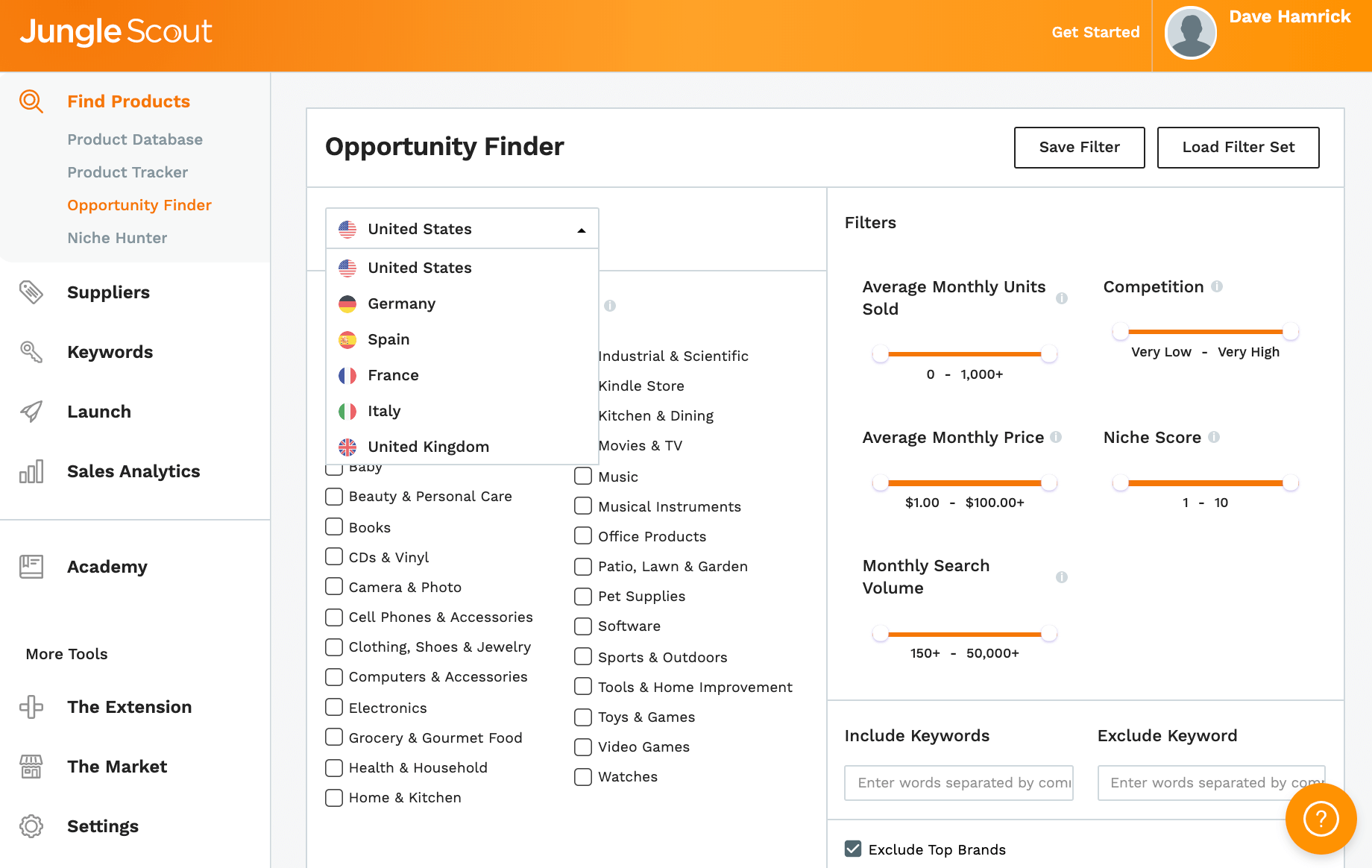
Also, when starting out, I recommend keeping things simple. Housewares, sports & outdoors, and patio, home, & garden are all great categories for beginners because they tend to be low maintenance.
Step Three: Check a site like Aliexpress to see if the product is available
Once you have some product ideas, you will need to find a supplier.
Dropshipping products on Aliexpress is one of the biggest connections. It’s a business-to-business website that puts e-commerce entrepreneurs in touch with suppliers who are looking to dropship their goods.
Just type in the search terms for the product that you are interested in selling and, just like Amazon, a variety of products will come up.
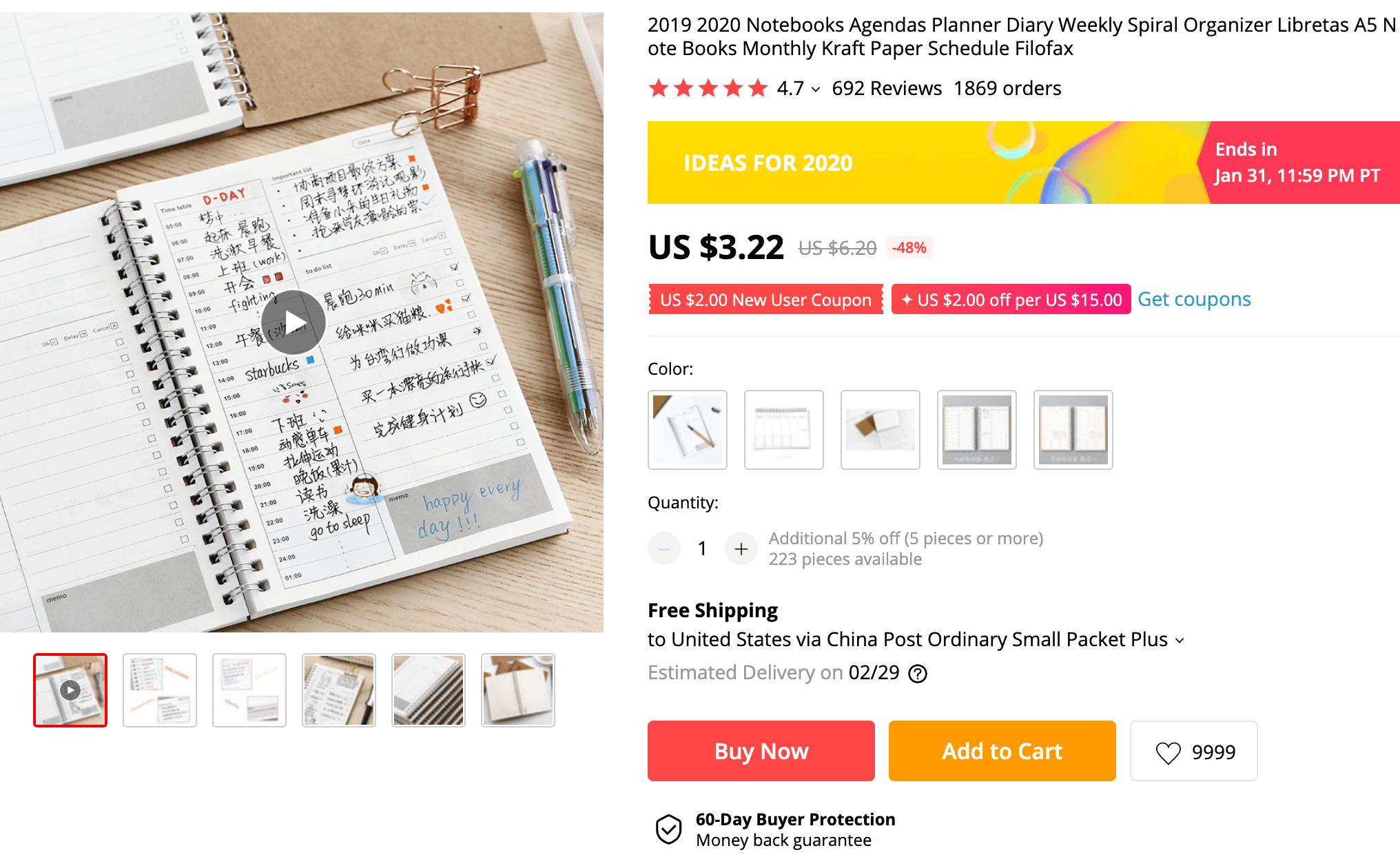
Once you click on one, you’re provided with a number of details. In the above example, you can see that the notebook/agenda planner costs $3.22 with free shipping into the US (and shipping is free).
The seller also offers 60-Day Buyer Protection on the product. (Be sure to note the delivery time, however, which is more than a month out!)
Step Four: Create an Amazon listing
After you have a product idea and a supplier to fulfill that product, you’ll need to create an Amazon product listing.
From your Seller Central account, go to Inventory > Add a product. When the Add a Product screen comes up, click “Create a new product listing.”
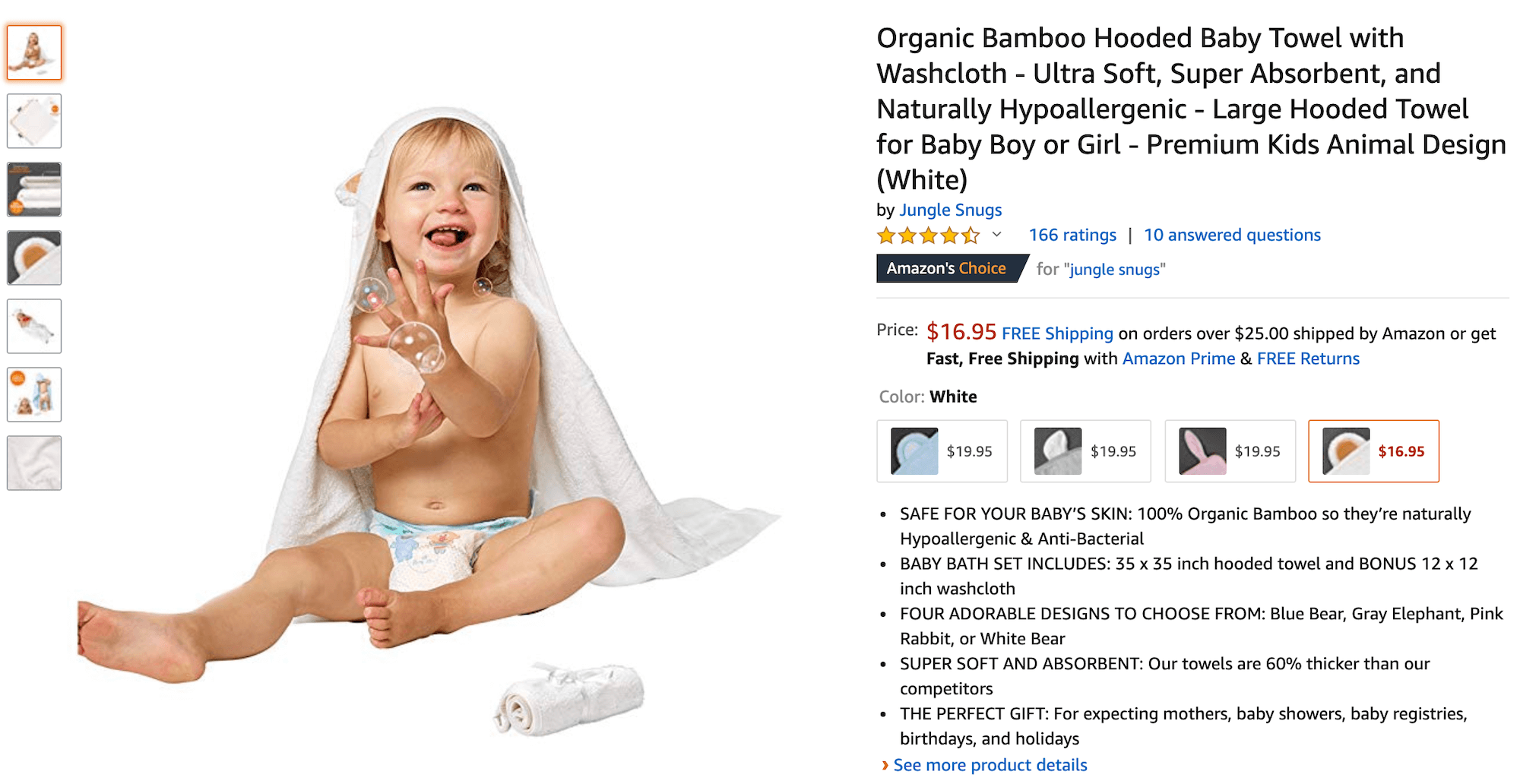
First, you will need to choose your product category.
Then, once you’ve done that, you’ll have to fill out the information for the listing itself.
When setting a price for your Dropshipped Product don’t forget to account for Amazon’s fees. If you are a professional seller, you will pay a referral fee of 8-15% depending on the category. Individual sellers pay an additional $1.00 per sale, too.
You can learn more about Amazon’s fees by category on their Selling on Amazon fee schedule. And finally, as soon as you’re ready, you can publish your listing and start making sales.









